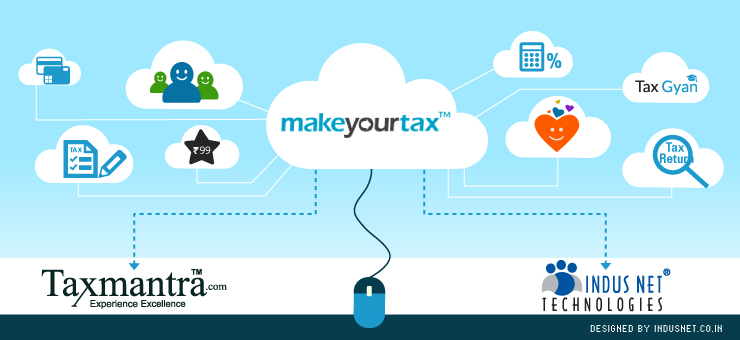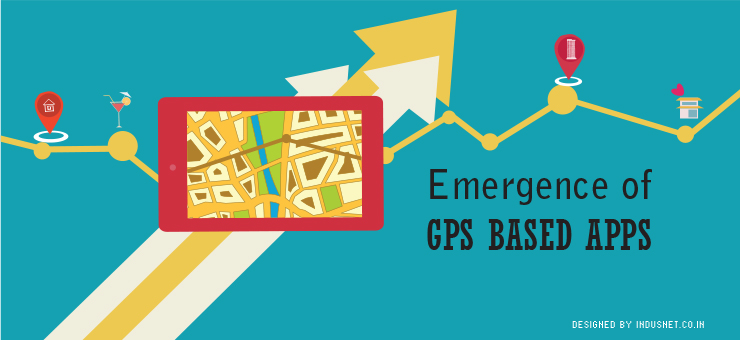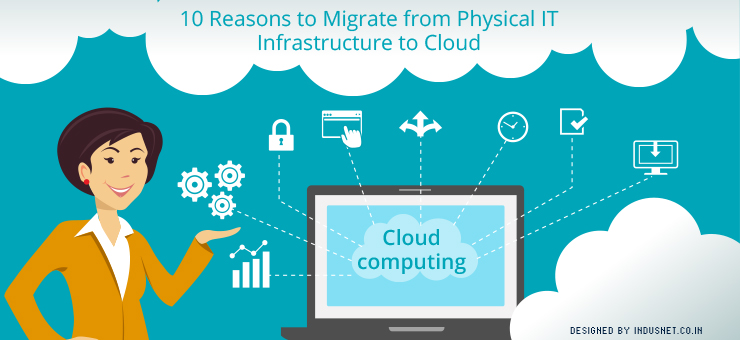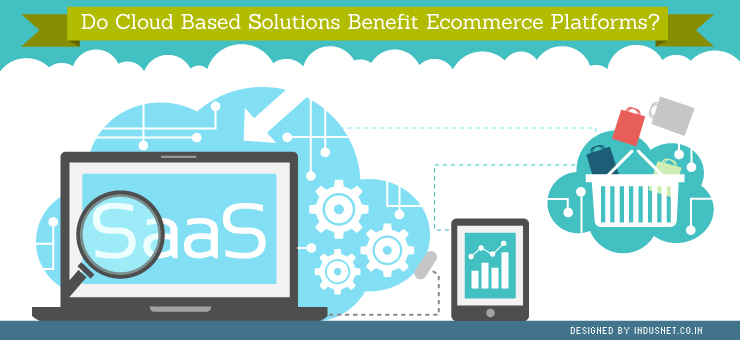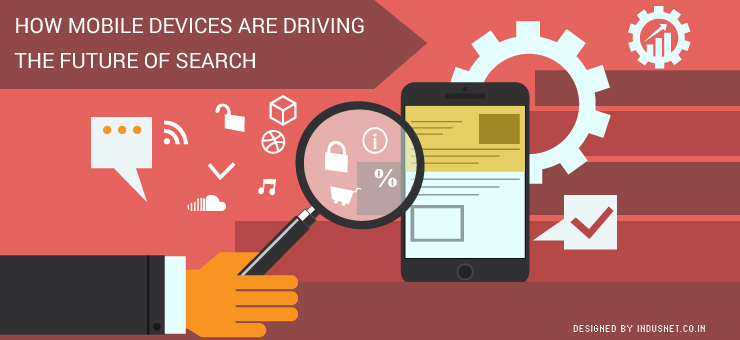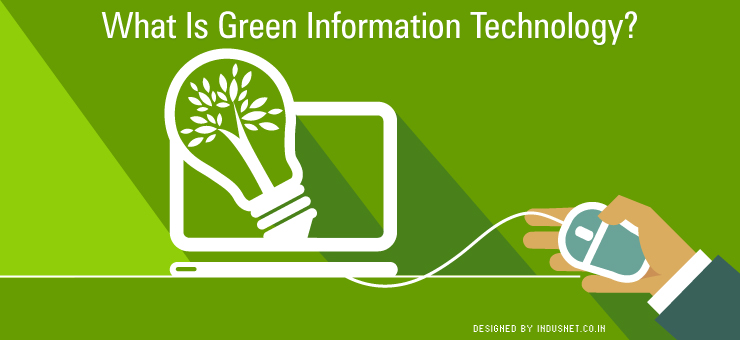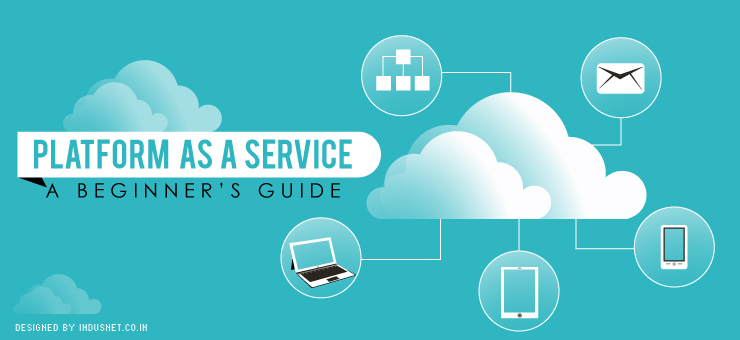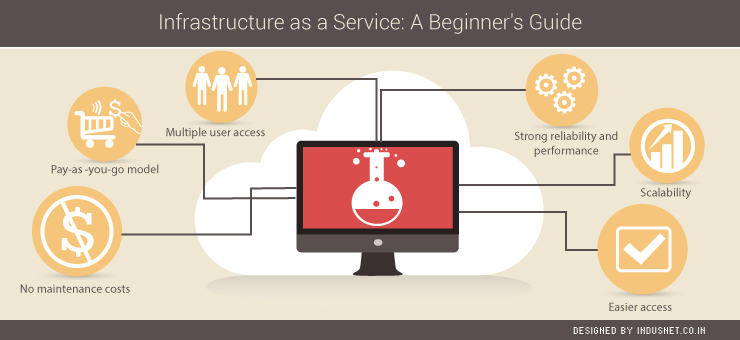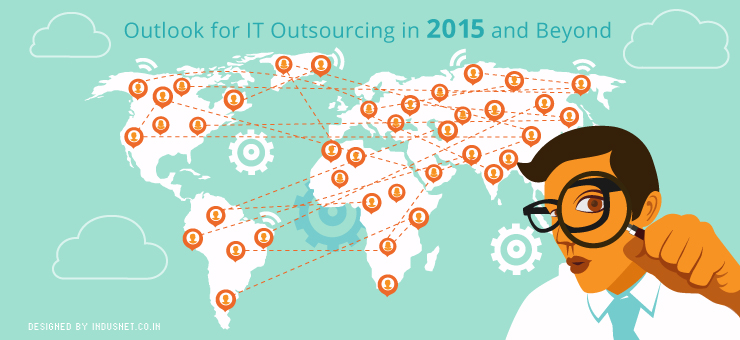
Outlook for IT Outsourcing in 2015 and Beyond
IT outsourcing is undergoing an evolution and is going to be driven by changes in consumer demands. New service providers are entering the market while the existing providers are exploring new markets. Enterprises will continue the trend of shared critical business operations and IT services to keep a tab on cost, minimize errors and enhance productivity. The growth in IT outsourcing in 2015 will continue under the substructure of skilled staff, high service quality and business process excellence. Optimization of cloud-based platforms, data driven sourcing, outcome-based pricing and standardization of business process are going to be some of the leading trends in outsourcing. The following article will give a detailed outlook for IT outsourcing. 1. Sourcing to be data driven With rising complexity in sourcing, increased awareness level of clients and growing project uncertainties; data and analytics is going to take a center stage. The clients will explore opportunities through data measurement and analysis. Enterprises can make informed business decisions and plan accordingly. A thorough knowledge about sourcing channels will help the clients to design a sourcing strategy. The intricacies of why, where and what will be answered lucidly with handy data. Data analysis also helps clients to understand how sourcing needs to be done. Since a lot of end-consumers and stakeholders get affected through sourcing decisions, data analysis will help clients to manage project and meet expectations of all the parties involved. However, one must remember to take a representative figure of data sets to avoid being misled due to insufficient data. 2. Cloud optimization Cloud will no longer be seen as a new technology. Security and business continuity concerns looming over the businesses till last year will be put to rest by opting for a hybrid model where critical applications are hosted privately while general applications are hosted on a public cloud. A majority of the businesses will host their existing applications in cloud through SaaS model. Internal IT teams will align themselves with the cloud-based platforms for cloud application development through IaaS and PaaS infrastructure. On the other hand, large enterprises will dive into application analysis and testing on an individual basis. This is crucial to operate cloud infrastructure at optimized level and keep a check on cost escalation due to system inefficiency. Apart from that, cloud strategies will continue to evolve with deployment of point solutions. 3. RFP loses sheen Request for Proposal through bidding process is often time-consuming and is going to be blotted out in 2015. In rapidly evolving IT environment, RFP is plainly anachronous and there is a considerable gap between proposal closure and business requirements. Business requirement change by the time proposal is sealed. Under such circumstances, it is important to look for purchasing processes that are fast and flexible. Businesses can explore the option of enterprise marketplaces where business requirements are instantly analyzed through data analysis and a suitable proposal is generated automatically. Similar purchasing processes can be explored as this will enhance competition among service providers thereby helping the clients to choose the best. Market leaders need to work collaboratively with service providers to make this process work. 4. Business leaders to participate actively in IT purchases IT purchase decisions have become critical to core business functioning. A wrong purchase decision can cost a business significantly. The year 2015 will witness more top leadership involvement in technology purchase. Product engineering teams are likely to deal with IT purchases as well because they are capable enough to understand the implications of IT on product and service. Likewise, suppliers will target new buyers and evolve their selling approach. IT will observe a shift towards service brokerage model. Decisions on application development in cloud and application subscriptions will be taken at a strategic level with CEO, CFO, COO and CIO involved deeply. IT expenses, quite often, are more than budgeted. Ultimately, businesses are going to look for IT savings through rationalization, integration and superior service selection and measurement. 5. Multiple service providers Clients are going to spread their cloud application portfolio and look for different service providers for specialized requirements. The number of service providers per client will witness a dramatic increase in 2015. As a result, compliance, legal and governance obligations will increase for the client. There is going to be an increasing requirement for application portfolio managers due to application-focused approach. Bundled services are slated to be discontinued as application specific service will be focused upon to form a suitable mix of on-premise / off-premise, public / private cloud applications. SaaS integration will increase to integrate cloud applications with traditional on-premise applications. SaaS integration solution by SaaS providers will play a major role in managing the integration process which not only integrates data but helps in overcoming organizational inefficiencies, improve productivity and plug in gaps in performance. 6. Neutralizing supplier risk Project risk rises if client is dependent on a single service provider. In the event of a failure which could be due to any reason, businesses are badly affected. Ultimately, it’s the end customers who bear the brunt causing lack of trust in the services. Clients are going to take supplier risk factor analysis seriously in 2015 and incorporate supplier risk into planning, proposing solutions and taking action for different risk events on real-time basis. The outsourcing teams will be conscientious while deciding upon the location of service provider considering the geopolitical risk factors involved like struggling economy and political turmoil. Neutralizing supplier risk is also essential due to growing uncertainties like shrinking labor pool, rising cost of labor, changes in law, and weather. 7. Renegotiation of contracts Over a last couple of years, clients have favored multi-vendor or tower-based outsourcing approach for the avoidance of lock-in to a single outsourcing service provider. However, in future, clients are going to focus upon multi-sourcing cloud-based model. Clients and service providers who have already entered into contracts last year will look forward to renegotiate with new SLAs. Moreover, cloud-based models are quick to implement and clients will again avoid vendor lock-in
